

Bulgogi
without the Beef, Please
Vegetarian Korean Food is both Scrumptious and Healthy!
After a brief sojourn that accidentally became 10+ years in Seoul,Nilesh Kumar gives us a glimpse into vegetarianism in a land where meat is aplenty.
Written by Nilesh Kumar, Vegan Vegetarian in Seoul.
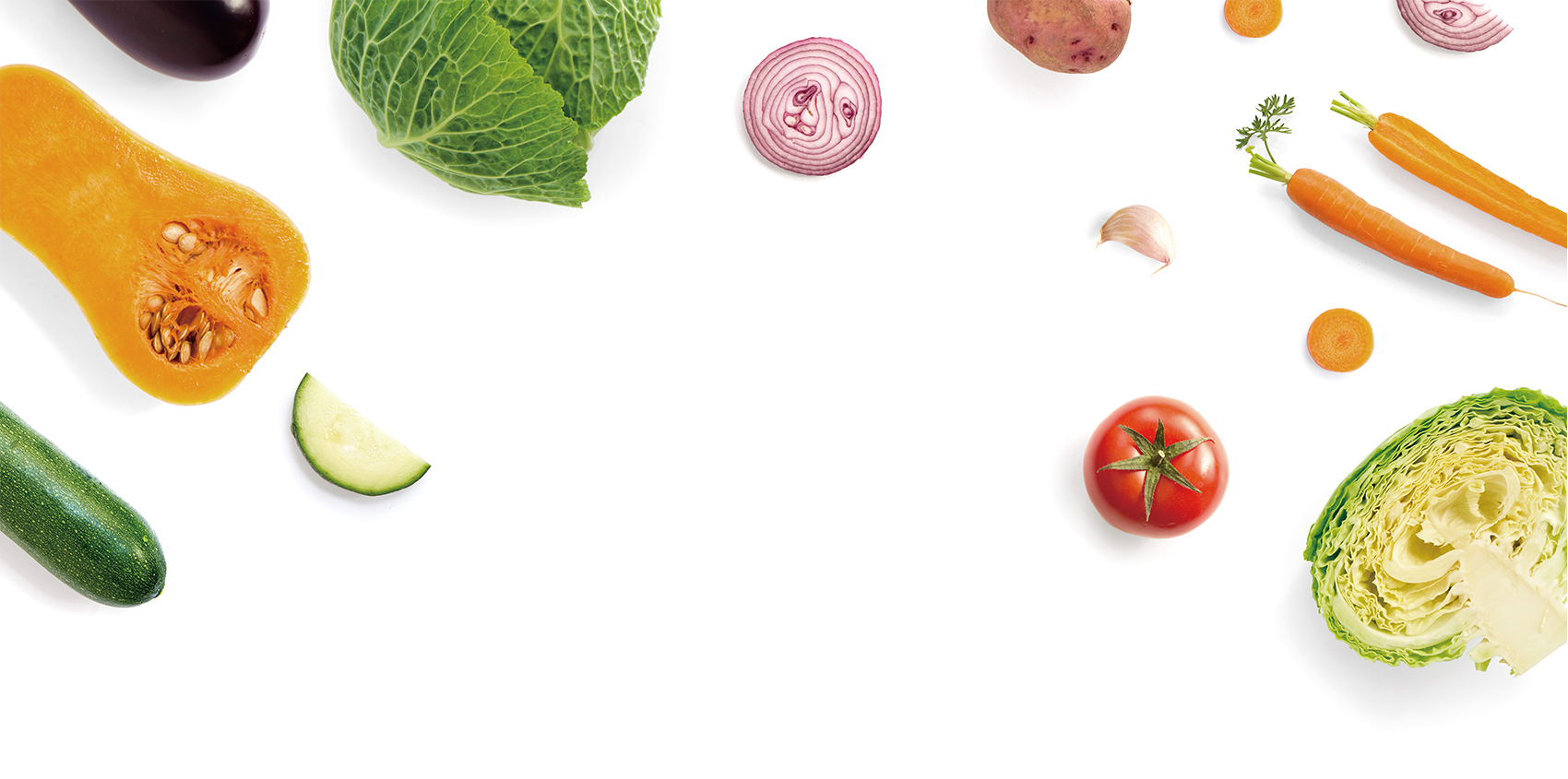
Meaty Beginnings
As one may guess, Korea used to be a predominantly agricultural and vegetarian society. The horrific Korean War (1950-1953) left the country in ruins, and poverty was rife. Most subsided on rice and vegetables. Some resorted to eating alternative sources of protein. The few that could added meat to their plates. The 1970s saw the beginning of the modern Korea we know today, and with that, through the 1980s and 1990s, came an increase in wealth. Meat is often a symbol of social status in Korea. Those who can will eat meat. It’s a sign of abundance, and meats such as Korea-reared ground beef and steak are considered to be in the top tier.
The influx of the internet in the early 2000s opened up doors to new information and dialogue, internationally. Non-Korean books about vegetarianism and veganism started to be translated into Korean, and new movements started to emerge. As time went on, certain celebrities, such as JeA from the pop group Brown Eyed Girls, Kim Hyo Jin, Lee Ha-nui and Kim Je-dong helped to spread the word about their choice to go vegetarian. The vivacious Lee Hyori has been one of the more prominent voices as an animal activist.
Last year, Bong Joon-ho’s film “Okja,” which was in the main competition at Cannes, was another addition, planting seeds of doubt among the masses regarding meat consumption.
The director commented, “I don’t have a problem with meat consumption itself, but I do want my audience to consider, at least once, from where the food on their plate comes. If one is to do that, I believe the level of meat consumption would gradually decline.”
The Korean Vegetarian Union estimates that the number of vegetarians has now increased to approximately 3 percent. This number includes pescetarians. I’m often asked by people why I’m a vegetarian, and sometimes a concerned look develops on their faces, followed by the question, “But where do you get your protein?”
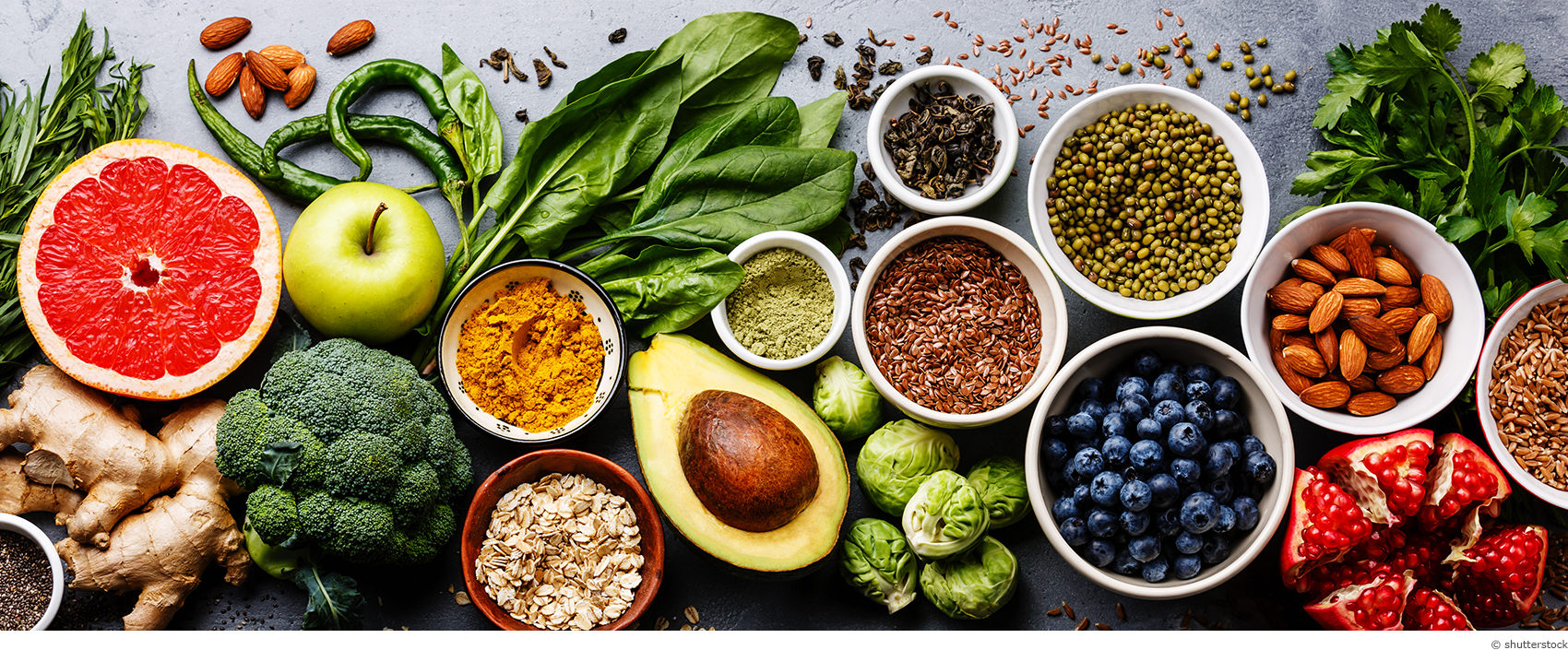
The Conversion
Under this clearly non-Korean skin, some may believe there lies a pale and frail individual, crying out for meat; starved of protein and slowly perishing into the soil he worships.
However, that's not so at all. I get protein from vegetables that are high in protein, such as broccoli and spinach. I eat lentils, beans, nuts, seeds and occasionally soy beans or tofu. Protein is never an issue.
There were many reasons for me to become a vegetarian: ethical, spiritual, health and environmental. The only reason I had to continue with a diet of meat was that it tasted good. The decision took place in Korea.
In the 1990s, Natwest Bank in England provided a special children’s bank account with automatic membership in the WWF. I received regular fun magazines, full of vivid imagery of exotic animals, informative articles on topics like global warming, and interviews with activists such as Sting. Perhaps this was what planted the initial seed of my “conversion.”
After going through the debauchery of university life, and then slowly maturing into an adult with bills to pay and the upkeep of a professional career, that seed somehow started to sprout.

I didn’t understand why animals had to suffer painful lives for our simple lunching and dining pleasure. I learnt that only a small percentage of humans actually need meat to survive. Impossible Foods, a food company financed by Bill Gates, Li Ka-shing, Google Ventures and more, is creating the world’s first meat-free burger that actually bleeds, too. This has become a mission for me.
Through my research, I discovered that instead of eating a beef burger, one can save water equivalent to a 10-minute shower, save 18 driving miles worth of greenhouse gases, or save 7 square meters (75 square feet) of land for wildlife.
The United Nation’s Food and Agriculture Organization estimates that 30 percent of the world’s ice-free land is directly or indirectly used for livestock, and that this land contributes almost 20 percent of the global warming gases, more than all transportation combined. After a period of research, I set out on a personal mission to reduce my carbon footprint.
Deciding not to go cold turkey, I pursued a step-by-step plan instead. First, give up all meat. Over the following six months, say goodbye to fish, and then, after three more months, renounce eggs.
The changes I experienced were a pleasant surprise. I had more consistent and stable energy throughout each day, instead of bipolar-like mood swings, and I had a much brighter, healthier complexion.
It has been 10 years now since I became a vegetarian, and I’ve never regretted the decision.
My lifestyle consists of a mixture of home cooking and eating out. Eating in Korean restaurants is not as difficult as some may presume.
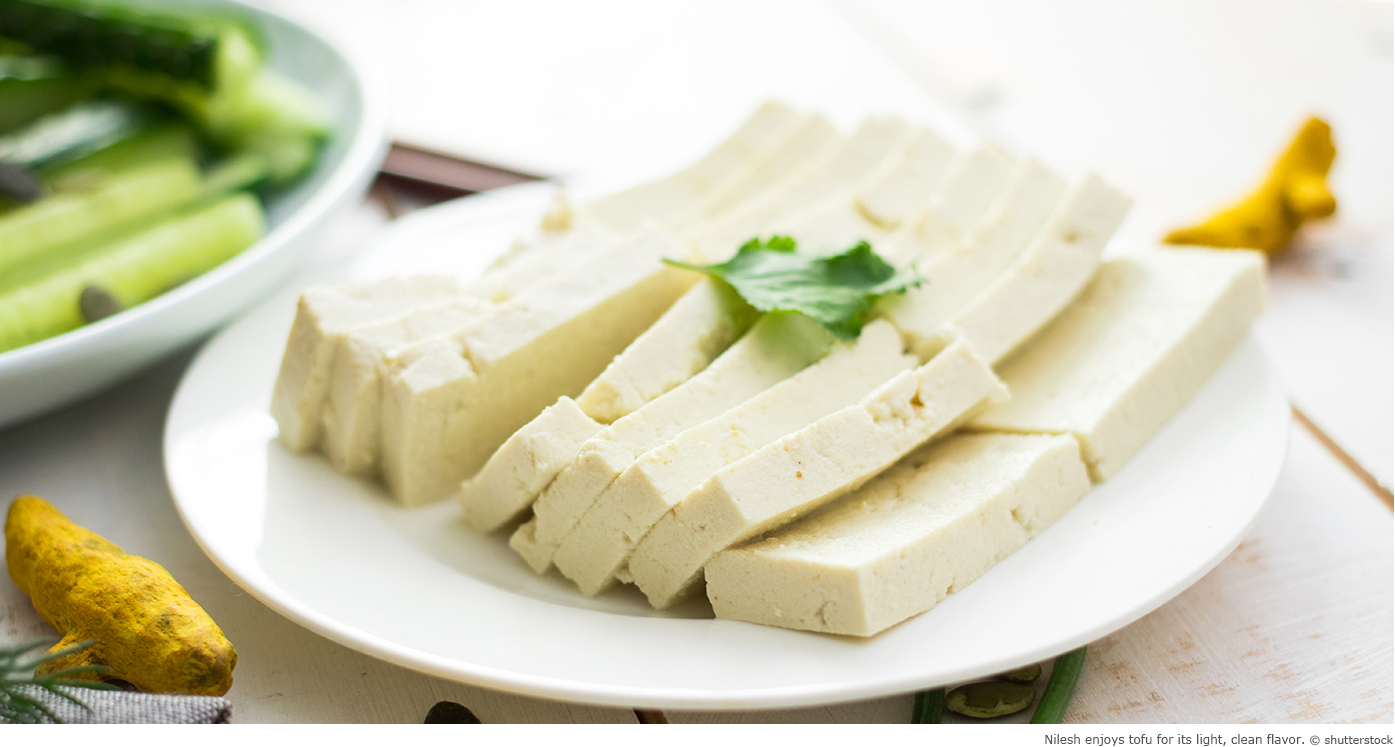
Fake Steak Anyone?
Rice and kimchi are the staples in Korea, but a word of warning. Kimchi is often made with fish sauce, so eating it in a vegetarian or vegan restaurant or eating homemade kimchi from a friend’s family are safer options.
I love Korean food, and many cooks and servers are happy to assist me with my diet, as long as I state my needs clearly. Dishes such as bibimbap (비빔밥), dolsot-bibimbap (돌솥 비빔밥), pajeon (파전), sujebi (수제비), cheonggukjang (청국장) and doenjang-jjigae (된장찌개) can often be made vegetarian, as long as you also ask the server about the broth, as often it's made using meat or anchovies.
Oh Se Gae Hyang (오세계향 / restaurant specializing in vegetarian dishes) has a range of fake meat options, from sundubu-jjigae (순두부찌개) and bulgogi (불고기), through to standard steaks and tongatsu (돈가스). On top of that, they have kimchi and fake meat pot stickers, which, with a selection of sausages and cheeses, can also be bought frozen to cook at home.
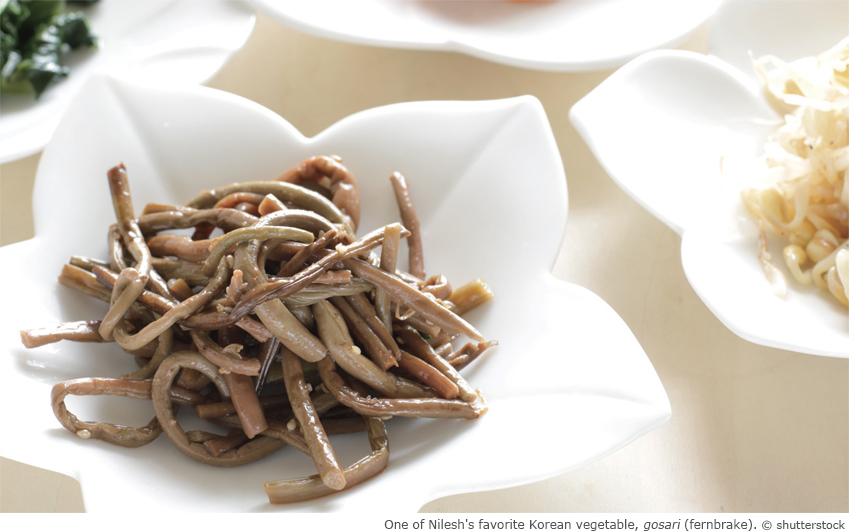
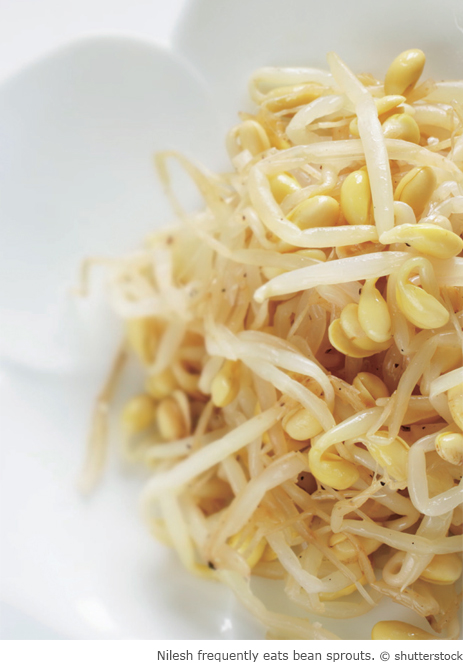
The dishes above are all delicious, healthy and usually inexpensive. For a guaranteed inexpensive meal, vegetarian gimbap (야채 김밥) can be made easily and quickly, and is probably one of the cheapest meals one can buy. The franchises Gimbap Cheonguk (김밥천국), Kim Seonsaeng (김선생) and others are easy to find across any big city.
When I dine with friends who want to go to a meat restaurant for samgyeopsal fried pork belly (삼겹살) or galbi ribs (갈비), I can also join them, as most Korean restaurants serve rice with plenty of vegetable side dishes (반찬), and refilled for free.
Vegetarian Korean food is both scrumptious and healthy!
In Seoul, if you’re looking for diversity in food, there are plenty of other options.
Cow-free Milk
Over the past five years or so in Seoul, there has been an interesting multitude of vegetarian or vegan restaurants opening up. Not in vast numbers, mind you, but enough to make life easier than it was.
Of course, Indian, Mexican, Thai and Italian restaurants are usually safe-havens for vegetarians, but there are also 100 percent vegetarian or vegan restaurants. A vast list of them can be found at the website Happy Cow (www.happycow.net).
Two of my personal favorites are the restaurants Plant and Vegetus, both of which are vegan restaurants located in the Itaewon area. Plant's dishes range from tempeh salad bowls to burgers and West African stew (www.plantcafeseoul.com). For those who miss cheesy delights, such as pizza or lasagna, those cravings can be satisfied at Vegetus (www.vegetus.kr).
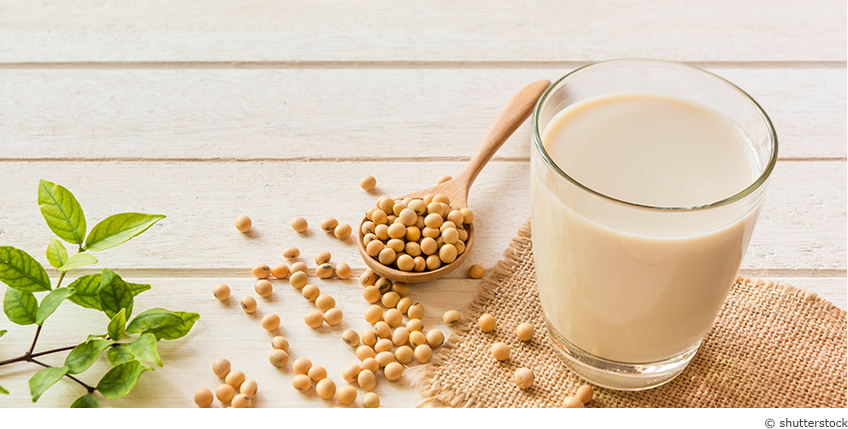
Particularly over the past two years or so, there has been a new movement of veganism emerging in Seoul, and a clear increase in the number of bakeries selling butter-, milk- and egg-free bread. Even Smoothie King, probably the largest smoothie chain in Korea, is selling vegan scones and muffins.
Within the past year or so, major coffee shops such as Starbucks and Paul Basset have started offering soy milk and almond milk as alternatives to dairy milk.
The year 2016 was the start of a big biannual vegan festival in Seoul and on Jejudo Island. It is 100-percent dedicated to selling vegan food, vegan clothing and vegan cheese. I believe that the increase in all of the above is due to the expansion of the so-called "well being" trend in Korea, meaning just "to live healthily and holistically." Consumers want healthier alternatives. I see this only increasing, making life in Seoul as a vegetarian or vegan much easier and far more comfortable than ever before.
Bon appetit!
Korea & I features contributions from non-Korean, reflecting the opinions of the writers as faithfully as possible. Thus the opinions expressed therein may differ from the opinions of the editors of <KOREA> magazine.
Other Articles




Jejudo Island

Carpenter and Important Intangible Cultural Property No. 55

A Universe of Their Own

Signpost to Lasting Peace


without the Beef, Please

the Pulse on the Young
Application of subscription
Sign upReaders’ Comments
GoThe event winners
Go


 April 2018
April 2018


